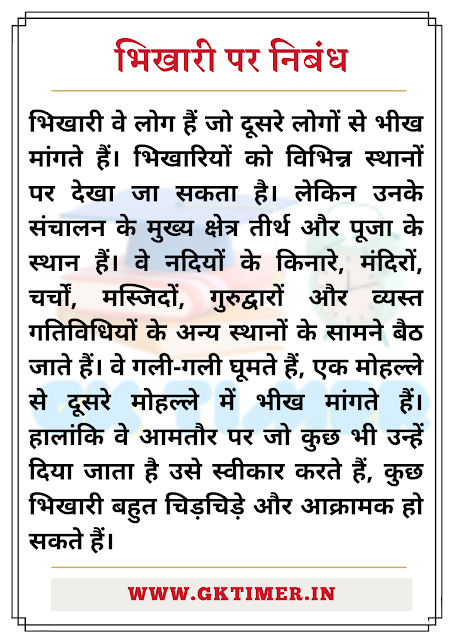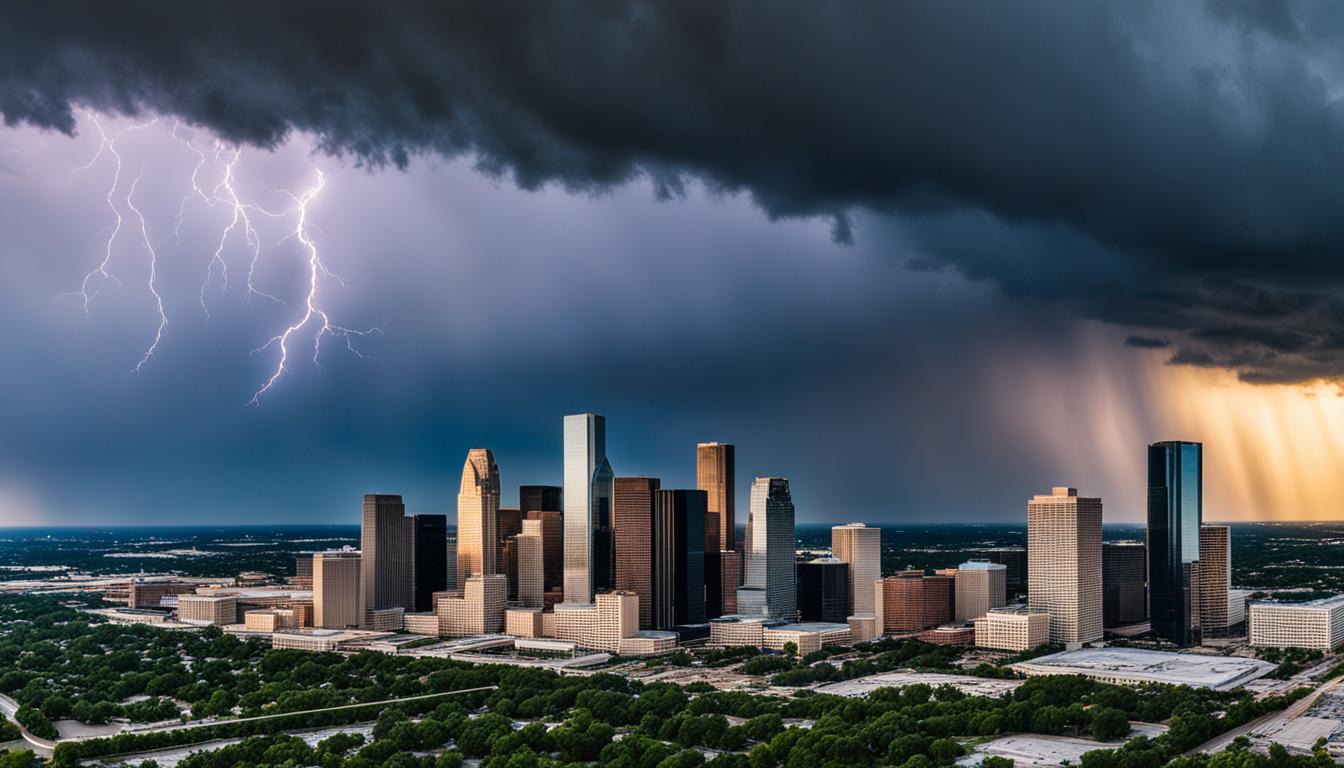91. The cup-shaped mouth of the volcano is
Correct Answer:-C ( Crater )
Description:- A bowl-shaped depression that is at the mouth of a volcano or geyser is called a volcanic crater. These craters are caused by the volcano’s activity. It is a vent.
92. The stagnant water at the bottom of a lake is called
Correct Answer:-D ( Hypolimnion )
Description:- The top band of a lake is called the epilimnion; while the middle band is called the thermocline and holds water whose temperature varies with depth. The bottom band is called the hypolimnion and holds cool, stagnant water which is all the same temperature.
93. The formation of ‘Mushroom rock’ in desert region is an example of
Correct Answer:-C ( Abrasion )
Description:- The rocks having broad upper part and narrow base resembling an umbrella or mushroom are called mushroom rocks or pedestal rocks. These undercut, mushroom-shaped rocks are formed due to abrasive works of wind.
94. Which one of the following is a Sedimentary Rock ?
Correct Answer:-D ( Arkose )
Description:- Arkose is a detrital sedimentary rock, specifically a type of sandstone containing at least 25%’ feldspar. It is commonly coarse-grained and usually either pink of gray (depending on the color of feldspar).
95. Hydraulic Action is a type of erosion caused by
Correct Answer:-A ( Running water )
Description:- Hydraulic action is one of the main forms of river erosion (example of erosion due to running water) in which the force of the river against the banks can cause air to be trapped in cracks and crevices. The pressure weakens the banks and gradually wears it away.
96. Which of the following is the newest geological era ?
Correct Answer:-C ( Cretaceous )
Description:- The correct chronological order of the geological eras (in million years before the present) are as follows:- Cretaceous: 72.1-145; Jurassic: 152.1-201.3; Triassic: 208.5-201.3; Permian: 254.2-298.9.
97. Spot the odd item in the following :
Correct Answer:-A ( Basalt )
Description:- Emerald, together with ruby and sapphire, form the “big three” of colored stones or gems which are all metamorphic in nature. Basalt is an igneous rock.
98. Which of the following is an organic rock ?
Correct Answer:-B ( Coal )
Description:- Coal is an organic sedimentary rock that forms mainly from plant debris. The plant debris usually accumulates in a swamp environment.
99. The mountain formed on the earth crust due to tension is called
Correct Answer:-D ( Block mountain )
Description:- The Block Mountains were formed on the crust due to tension. Faults are formed due to tensional forces. A part of the land block is depressed so that the remaining block stands conspicuously above the surroundings. Mountains formed in this way are called Block Mountains and the depressed portion is known as Rift Valley.
100. Spot the odd item of the following :
Correct Answer:-B ( Marble )
Description:- Shale, sandstone and limestone are classic examples of sedimentary rocks; Marble is a type of metamorphic rock. It is a non-foliated metamorphic rock composed of recrystallized carbonate minerals, most commonly calcite or dolomite.
101. Solar eclipse occurs when
Correct Answer:-B ( the Moon comes between the Sun and the Earth )
Description:- A solar eclipse is a type of eclipse that occurs when the Moon passes between the Sun and Earth, and the Moon fully or partially blocks (“occults”) the Sun. This can happen only at new moon, when the Sun and the Moon are in conjunction.
102. Rift Valley is formed
Correct Answer:-B ( between two faults )
Description:- A rift valley is a linear-shaped lowland between several highlands or mountain ranges created by the action of a geologic rift or fault. It is formed by the subsidence of a segment of the Earth’s crust between dip-slip, or normal, faults.
103. Widening of a river valley takes place due to
Correct Answer:-B ( Lateral erosion )
Description:- Lateral or sideways erosion widens the river valley; while, Vertical or downward erosion deepens the river valley. Due to continued lateral erosion, the river valley increasingly becomes broader and shallower. The valley slopes are also eroded by weathering and mass wasting and by the development of tributary valleys.
104. Which type of lake is formed by volcanic activities ?
Correct Answer:-C ( Cladera lake )
Description:- Lakes which form inside calderas (a cauldron-like volcanic feature usually formed by the collapse of land following a volcanic eruption) are called caldera lakes. These lakes form as the created depression is filled by water. For example, Lake Pinatubo, Philippines, formed after the 1991 eruption of Mount Pinatubo filled the depression with water from monsoon rains.
105. Nappe is a kind of
Correct Answer:-B ( folded structure )
Description:- In geology, a nappe or thrust sheet is a large sheet like body of rock that has been moved more than 2 km or 5 km from its original position by faulting or folding. They form when a mass of rock is forced (or “thrust”) over another rock mass, typically on a low angle fault plane. The resulting structure may include large-scale recumbent folds, shearing along the fault plane.
106. The area which is resistant to any massive structural transformation is called
Correct Answer:-D ( shield )
Description:- A shield is generally a large area of exposed Precambrian crystalline igneous and high-grade metamorphic rocks that form tectonically stable areas. They are resistant to geological structural transformation. They are normally the nucleus of continents.
107. The area marked by internal drainage
Correct Answer:-C ( Deserts )
Description:- Internal drainage is a closed drainage basin that retains water and allows no outflow to other external bodies of water, such as rivers or oceans, but converges instead into lakes or swamps. Such drainage can occur in any climate but are most commonly found in desert locations. For example: Luni River in Rajasthan has an internal drainage system.
108. Why is the South Pole colder than the North Pole ?
Correct Answer:-A ( High altitude )
Description:- Both the Arctic (North Pole) and the Antarctic (South Pole) are cold because they don’t get any direct sunlight. What makes the South Pole so much colder than the North Pole is that it sits on top of a very thick ice sheet, which itself sits on a continent. The surface of the ice sheet at the South Pole is more than 9,000 feet in elevation—more than a mile and a half above sea level. This elevation makes the South Pole much colder than the North Pole, which sits in the middle of the Arctic Ocean (National Geographic).
109. An earthquake is also known as
Correct Answer:-B ( Tremor )
Description:- An earthquake is also known as a quake, tremor or temblor. At the Earth’s surface, earthquakes manifest themselves by shaking and sometimes displacement of the ground. It is the result of a sudden release of energy in the Earth’s crust that creates seismic waves.
110. Which one of the following rivers crosses the tropic of capricorn twice ?
Correct Answer:-B ( Limpopo )
Description:- The Limpopo River cuts through the Tropic of Capricorn twice. It rises in Transvaal and flows through South Africa, Botswana and Mozambique to the Indian Ocean. The Limpopo is the second largest river in Africa that drains to the Indian Ocean, after the Zambezi River.
111. ‘Willow’ for a cricket bat is obtained from
Correct Answer:-C ( Deciduous forests )
Description:- Willow is a species of deciduous trees and shrubs, found primarily on moist soils in cold and temperate regions of the Northern Hemisphere. Willow wood is also used in the manufacture of boxes, brooms, cricket bats (grown from certain strains of white willow), cradle boards, etc.
112. The longest river in Asia is
Correct Answer:-B ( River Yangtze )
Description:- The Yangtze River is the longest river in Asia and the third-longest in the world. It flows for 6,300 kilometers from the glaciers on the Qinghai-Tibet Plateau in Qinghai eastward across southwest, central and eastern China before emptying into the East China Sea at Shanghai.
113. The Equator does not pass through which of the following countries ?
Correct Answer:-B ( Mexico )
Description:- The equator passes through 13 countries: Ecuador, Colombia, Brazil, Sao Tome & Principe, Gabon, Republic of the Congo, Democratic Republic of the Congo, Uganda, Kenya, Somalia, Maldives, Indonesia and Kiribati.
114. The majority of Earth’s crust is composed of which rock ?
Correct Answer:-A ( Igneous)
Description:- The Earth is composed predominantly of a large mass of igneous rock with a very thin veneer of weathered material—namely, sedimentary rock. Igneous rocks are formed from the solidification of magma, which is a hot molten or partially molten rock. Igneous and metamorphic rocks make up 90–95%’ of the top 16 km of the Earth’s crust by volume.
115. The largest forest which covers 25 percent of the world’s forest land is :
Correct Answer:-B ( Taiga forest of Siberia )
Description:- Taiga is the world’s largest land biome. It makes up 29%’ of the world’s forest cover. Also known as boreal forest or snow forest, it is characterized by coniferous forests consisting mostly of pines, spruces and larches. The largest areas of Taiga are located in Russia and Canada.
116. The ‘graded profile’ of a river course is a
Correct Answer:-A ( smooth curve from source to mouth. )
Description:- The course of a river from its source to its mouth is normally divided into 3 sections, namely upper, middle and lower courses. Action of the river on its valley from source to mouth in relation to the features developed by it is seen in he river valley profile, known as graded profile. Throughout the long profile of a river, deposition and erosion are balanced meaning that, given enough time, the river’s long profile would become a smooth, concave, graded profile from its source to mouth.
117. Sink hole is a phenomenon of _______ topography.
Correct Answer:-D ( Karst )
Description:- The underground water of Karst topography carves our impressive channels and caves that are susceptible to collapse from the surface. When enough limestone is eroded from underground, a sinkhole (also called a doline) may develop. Sinkholes are depressions that form when a portion of the lithosphere below is eroded away.
118. Earthquakes are caused by
Correct Answer:-B ( Tectonism )
Description:- Earthquakes result from the sudden release of energy in the Earth’s crust that creates seismic waves. Most occur along plate boundaries. Tectonic earthquakes occur anywhere in the earth where there is sufficient stored elastic strain energy to drive fracture propagation along a fault plane.
119. The earth completes one rotation on its axis in :
Correct Answer:-A ( 23 hrs. 56 min. 4.9 sec )
Description:- The Earth rotates around its axis once in about 24 hours with respect to the sun and once every 23 hours 56 minutes and 4 seconds with respect to the stars. The Earth rotates from the west towards east. Seasons are caused by Earth’s rotation around its axis.
120. Granite, quartzite areas have upstanding look because
Correct Answer:-D ( not easily worn down )
Description:- Granite is high in quartz, a mineral very resistant to weathering. Similarly, quartzite is harder than steel. So, they are not easily worn down and give rise to upstanding mountains and hills (Environmental Biology by P.D. Sharma, p. 37). However, they are subject to differential weathering: a rock that is resistant in a climate dominated by chemical weathering may be weak where physical weathering process dominate, and vice versa. So quartzite, though hard and chemically inert, can be fractured by physical weathering. Similarly, granite outcrops in arid or semi-arid region resist weathering; however, the minerals in granite are susceptible to alteration by oxidation, hydration and hydrolysis, particularly in regions with warm, humid conditions (Essentials of Physical Geography by Robert Gabler, James Petersen, L. Trapasso, p. 34).




